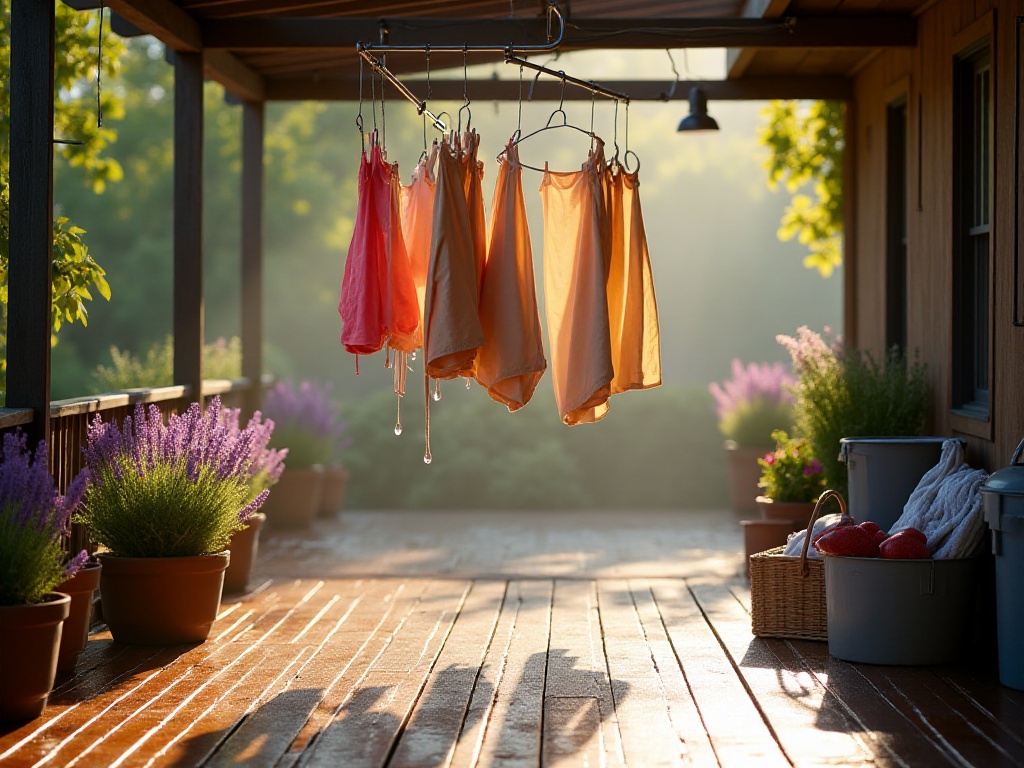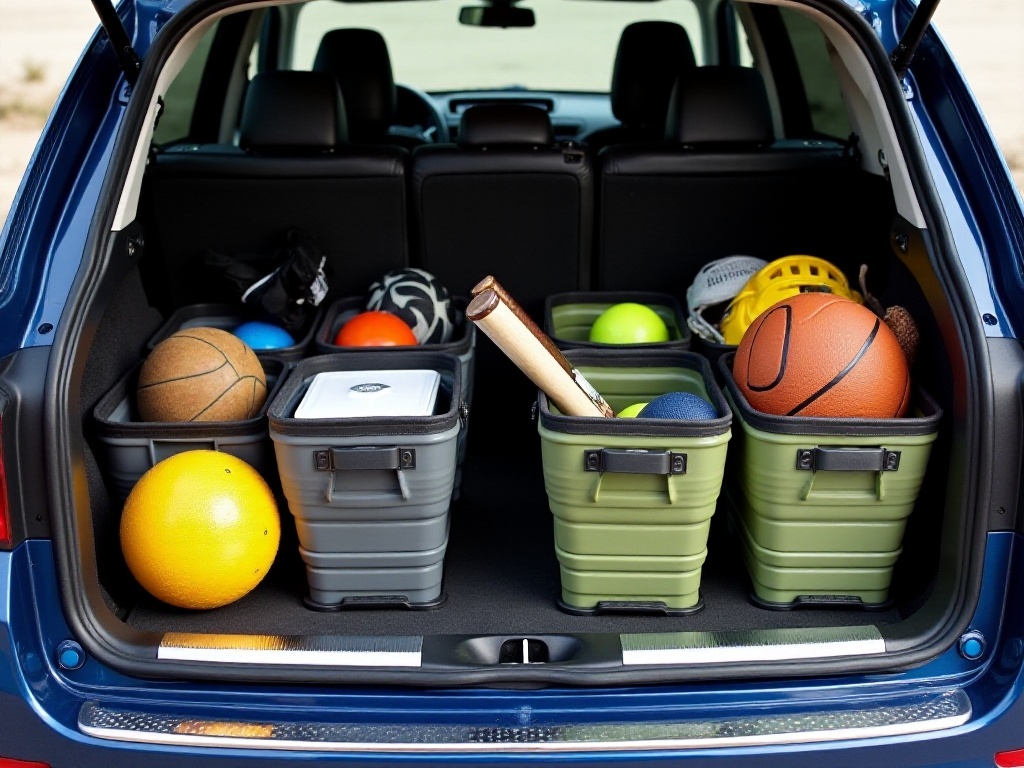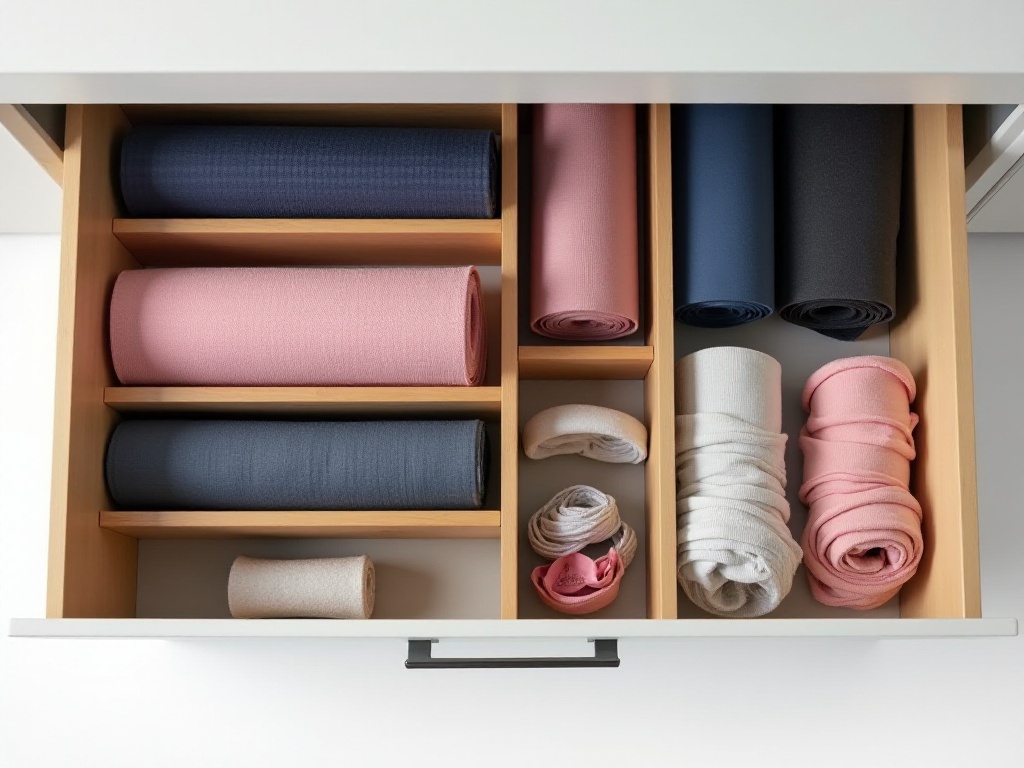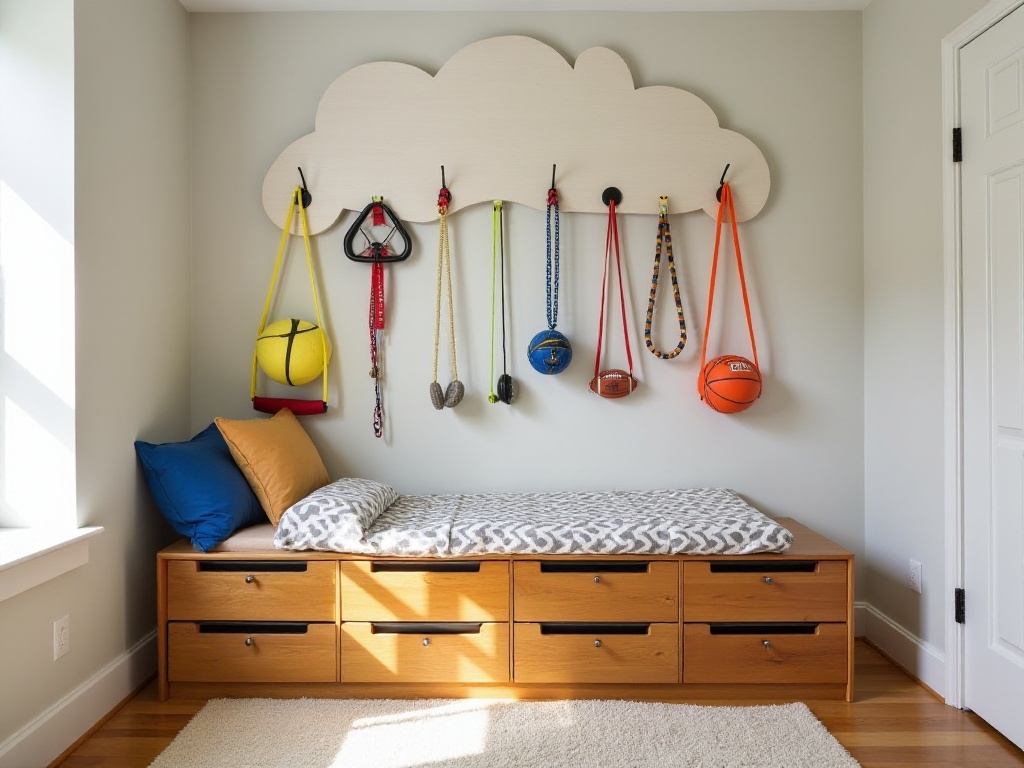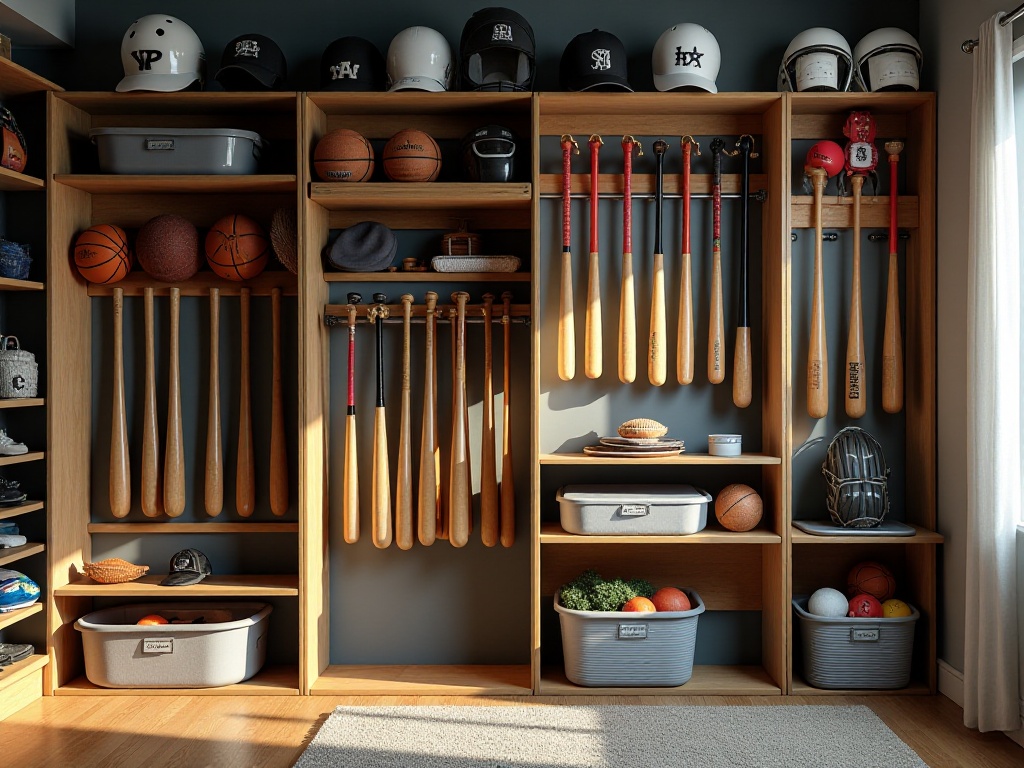Introduction
As a sports enthusiast, I really can't stand seeing sports equipment lying around in a mess at home. Especially when you're getting ready for a morning run and can't find the other running shoe - that feeling is just terrible! My home used to be like this - tennis rackets covered in thick dust, yoga mats rolled up like sushi rolls, various sports shoes scattered around the entrance. After years of trial and improvement, I've finally found an incredibly practical storage solution, and today I'd like to share my experience in detail.
Drawer Organization
When many people think of storage, their first reaction is to "buy, buy, buy" and hoard various storage boxes. But actually, drawers are the ultimate solution for storing sports equipment. I completely transformed the large bottom drawer of my wardrobe into a dedicated sports zone, and this decision was absolutely brilliant!
How exactly? First, I bought several adjustable drawer dividers and divided the entire drawer space into several independent areas. The sportswear section is categorized by season and sport type: running clothes, yoga wear, ball sports clothing, etc. The protective gear section is divided by body parts: knee pads, wrist guards, ankle supports each have their dedicated space. The accessories section mainly stores small items like headbands, sports socks, and wristbands that are easily lost.
Before organizing, I spent an entire weekend doing "decluttering". Honestly, this process was quite heartbreaking. Those compression tights that accompanied me through several marathons, although too loose now, were really hard to let go of. However, once I steeled myself to clear out all the unusable items, the entire drawer immediately became fresh and clean.
After taking inventory, I found that about one-third of sports equipment in ordinary households can be directly disposed of. For example, deformed protective gear, faded sportswear, worn-out shoes, etc. Clearing these items not only saves space but also gives yourself a reason to update equipment, so why not?
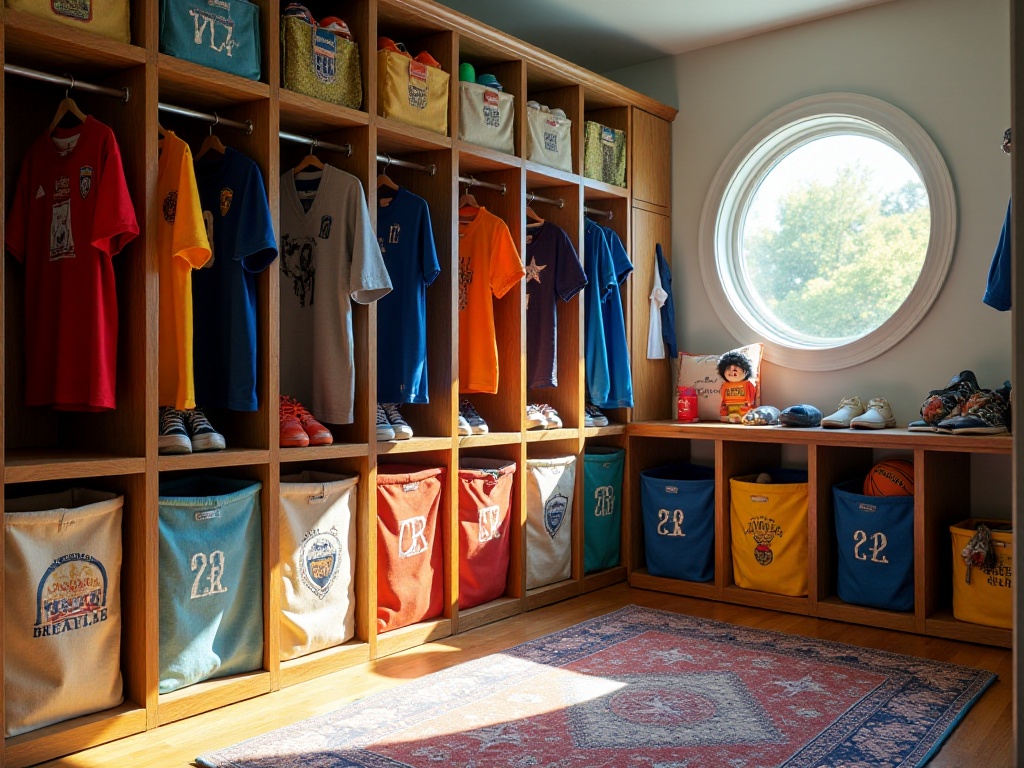
Wall Planning
For someone like me living in a small apartment in a big city, space is the most precious resource. After careful consideration, I decided to fully utilize wall storage. I installed a professional-grade hook system on an entire wall of my balcony, and this renovation multiplied the space utilization rate several times over!
Bicycles, skateboards, yoga mats, and other large sports equipment are all neatly hung on the wall, not only saving a lot of floor space but also looking very stylish - it's practically a sports-themed wall! I also labeled the position of each piece of equipment under the hooks, making it easy for other family members to find where things should be stored.
Speaking of hook selection, I really need to talk about this seriously. At first, I was also trying to save money and bought a bunch of temptingly cheap hooks from an online marketplace. Then one night, I was awakened by a huge crash - my bicycle had fallen off the wall! Since then, I only choose professional-grade sports equipment hooks. Although they're more expensive, they all have a load capacity above 50 kg, which gives me peace of mind.
There are many types of professional hooks available in the market now, including ones specifically for bicycles, yoga mats, and various ball sports. I suggest choosing based on your equipment characteristics rather than just pursuing low prices.
Car Storage Solutions
As someone who frequently travels around for sports, car storage really gave me a headache for a long time. My trunk used to be a mobile mess, with tennis rackets, badminton rackets, various sports shoes, and towels all jumbled together. Having to dig through everything to find something really affected my mood.
Later, I discovered a fantastic solution - collapsible storage boxes. I bought several different sizes to store different sports equipment. For example, one specifically for ball sports equipment, one for change of sportswear and towels, and another for various accessories. These storage boxes can be folded when not in use, taking up virtually no space.
I also labeled each storage box on the outside, making it immediately apparent what's inside. The best part is that these storage boxes all have handles, making them very convenient to carry, and I no longer have to fumble around in the trunk.
To better utilize trunk space, I installed velcro straps on both sides of the trunk to secure the storage boxes and prevent them from sliding around while driving. This small modification immediately made the entire trunk neat and orderly.
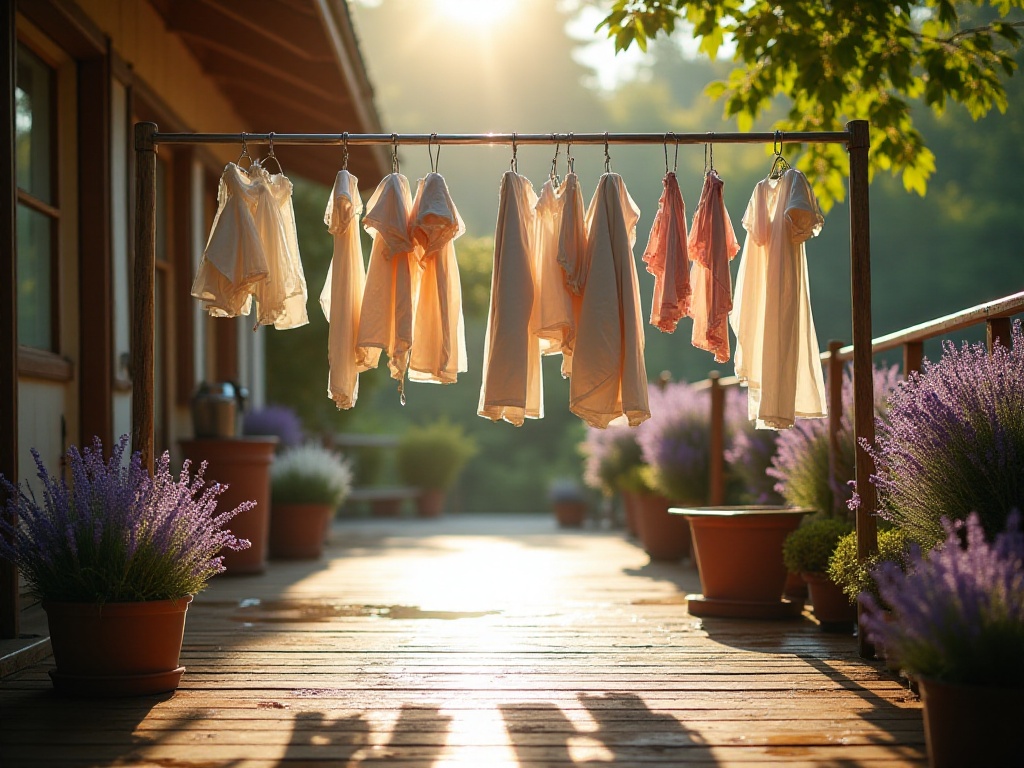
Odor Removal Tips
Honestly, the odor problem with sports equipment is really annoying. Especially those body-hugging protective gear pieces develop an unpleasant smell after prolonged use. I've tried many commercial deodorizing products, but none were satisfactory.
Until one day, I accidentally discovered a magical method - freeze deodorizing! The specific method is to put the smelly protective gear in a sealed bag and then freeze it for several hours. At first, I also thought this method was bizarre, but practice proved it works amazingly well! It turns out that low temperatures can effectively inhibit the growth of bacteria that cause odors.
Besides the freezing method, I especially recommend the "sunlight method". After each workout, I put the protective gear out on the balcony to sun-dry for several hours. The ultraviolet rays in sunlight have a strong sterilizing effect, reportedly killing 99% of bacteria. Plus, this method is completely free - it's the most environmentally friendly deodorizing solution!
My current daily deodorizing routine is like this: first rinse the protective gear with clean water, then dry it on the balcony. If the weather isn't good for sun-drying, I use the freezing method. For particularly stubborn odors, I combine both methods. After such treatment, even frequently used protective gear can stay fresh.
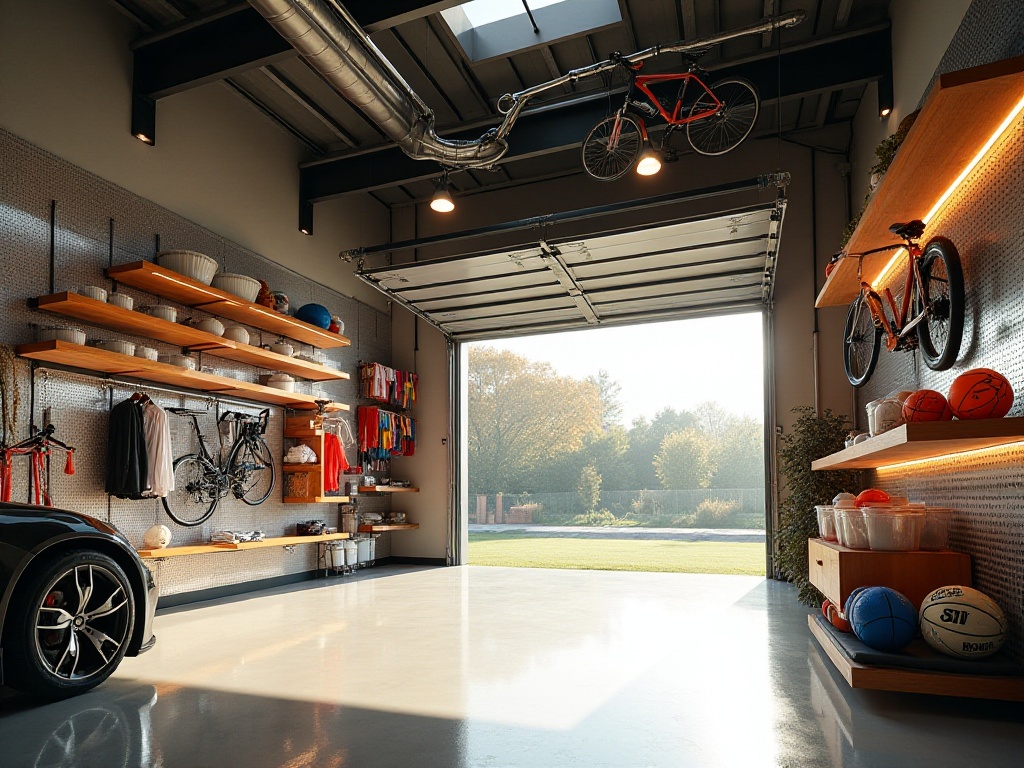
Cleaning Tips
When it comes to maintaining sports equipment, cleaning is absolutely crucial. But many people don't know exactly how to do it and often end up damaging good equipment. After years of experience, I've developed a scientific cleaning approach.
First is cleaning sportswear. This really needs to be done immediately after use, without any delay. Because post-workout clothes not only have sweat stains but also lots of bacteria. If left too long, they will not only develop unpleasant odors but may also grow mold. Now I soak clothes in water as soon as I finish exercising and wash them in the machine when I get home in the evening.
Special attention needs to be paid to cleaning protective gear. Many people scrub hard when they see protective gear is dirty, but this can easily damage the functional layer. My approach is to gently wipe once a week with mild cleaner, focusing on areas that contact skin. After cleaning, it's essential to ensure the protective gear is completely dry to prevent bacterial growth.
Cleaning ball sports equipment also has its techniques. Every month, I do a deep clean of various balls with professional cleaners. For basketball, for example, first wipe off surface dust with a damp cloth, then carefully clean with professional cleaner, and finally dry with a dry cloth. This not only keeps the ball clean but also extends its lifespan.
For large equipment like treadmills and spinning bikes, I recommend doing a comprehensive cleaning and maintenance every three months. Focus on checking if parts are loose, if drive parts need oil, if displays need cleaning, etc. This helps identify potential problems early and avoid damage due to poor maintenance.
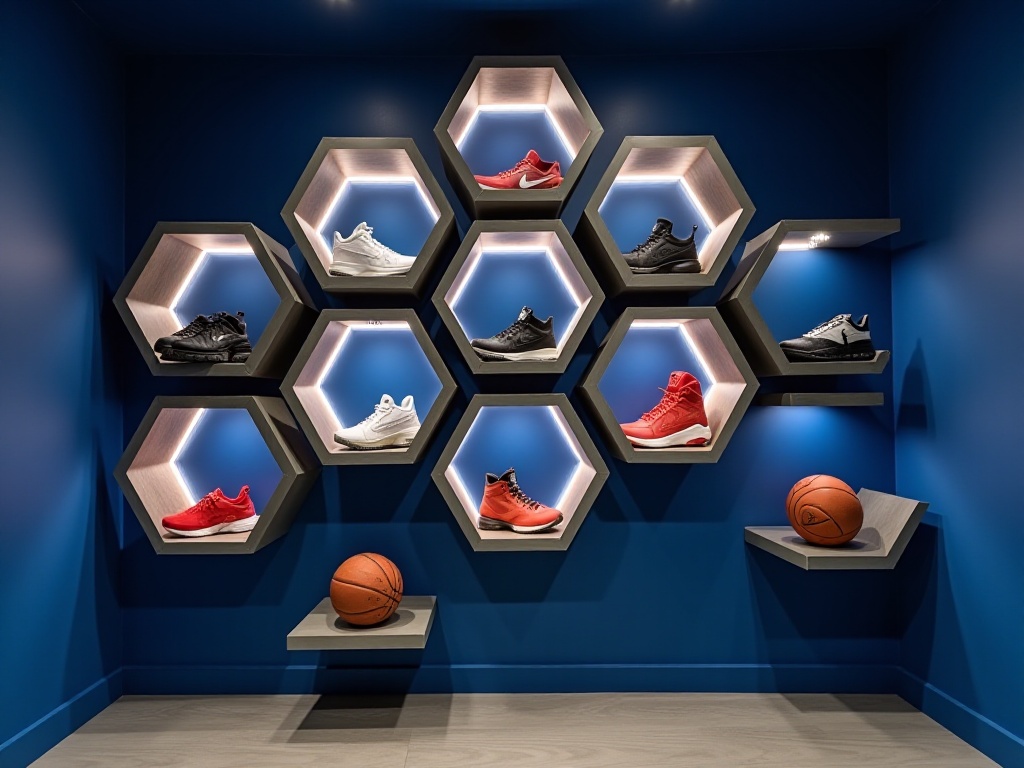
Equipment Selection
I've learned quite a few lessons about selecting sports equipment. When I first started exercising, I was often misled by various technical terms and flashy advertisements, buying lots of equipment that wasn't suitable for me. After years of experience, I've summarized three core selection principles.
The first principle is suitability. This is particularly important because unsuitable equipment not only affects exercise effectiveness but may also create safety hazards. Take my nephew's example - when he first started learning soccer, we bought him a size 5 adult ball. Because the ball was too big and heavy, he couldn't get the hang of kicking it and almost sprained his ankle. Later, when we switched to a size 3 ball more suitable for children, his interest in soccer immediately increased.
Safety is the second important principle. Especially when selecting protective equipment, you can't try to save money. I know a friend who bought cheap knee pads, and while playing basketball, the knee pad suddenly loosened, causing a knee injury. According to relevant statistics, there are tens of thousands of sports injuries each year due to using substandard protective equipment. So when selecting protective gear, you must choose properly certified regular products.
The third principle is value for money. It's particularly important to emphasize that value for money doesn't mean buying the cheapest option, but choosing based on your actual needs. I've seen too many people buy the most expensive equipment at first, only to give up exercise for various reasons soon after, turning high-priced equipment into decorations.
I suggest following a "gradual progression" principle when selecting sports equipment. For example, if you want to start playing tennis, you can first buy an entry-level racket and consider upgrading to better equipment as your technique improves. This not only avoids waste but also helps you better understand your needs through use.
Storage Insights
After years of practice and summary, I believe good storage habits need to achieve "three hearts and two intentions." This principle looks simple but requires persistent effort to truly achieve.
Let's first talk about the "three hearts." The first is patience, which is really important. Many people hope for immediate results, expecting to organize everything perfectly right after buying storage items. But in reality, good storage habits need to be cultivated gradually. It took me nearly half a year to truly establish this effective storage system I have now.
The second is attentiveness. Each piece of sports equipment has its characteristics and needs appropriate storage placement based on these characteristics. For example, yoga mats shouldn't be folded for long-term storage as it affects their effectiveness. Tennis rackets need to be stored in a dry environment to prevent warping from moisture. Only by fully understanding each piece of equipment's characteristics can we find their most suitable "home."
The third is perseverance. Storage isn't a one-time task but a habit that needs continuous maintenance. I now spend some time each week checking if storage areas are tidy and if equipment needs cleaning or maintenance. It's this persistent dedication that ensures the storage system operates effectively long-term.
Now let's talk about the "two intentions." Casualness is the first "intention," which might sound contradictory but is indeed important. Storage doesn't need to pursue perfection; don't put too much pressure on yourself. Sometimes it's okay if equipment isn't perfectly organized, as long as it's basically orderly and convenient to use. I used to pursue perfection too much and made myself miserable, but now I've learned to relax appropriately and actually organize better.
The second "intention" is flexibility. Storage solutions aren't unchangeable; they need to be adjusted according to actual usage. For example, when I recently bought a yoga wheel, my original storage space wasn't enough, so I readjusted the wall storage layout. This flexible attitude keeps the storage system in optimal condition.
While practicing these principles, I discovered some particularly useful tips. For example, you can label storage boxes so you can immediately know what's inside. You can also use transparent storage boxes to directly see the contents, which is very convenient.
Additionally, I've developed the good habit of "store after use." After each workout, I immediately return used equipment to its place. This not only keeps the environment tidy but also extends equipment lifespan. You should know that much equipment damage is caused by careless storage.
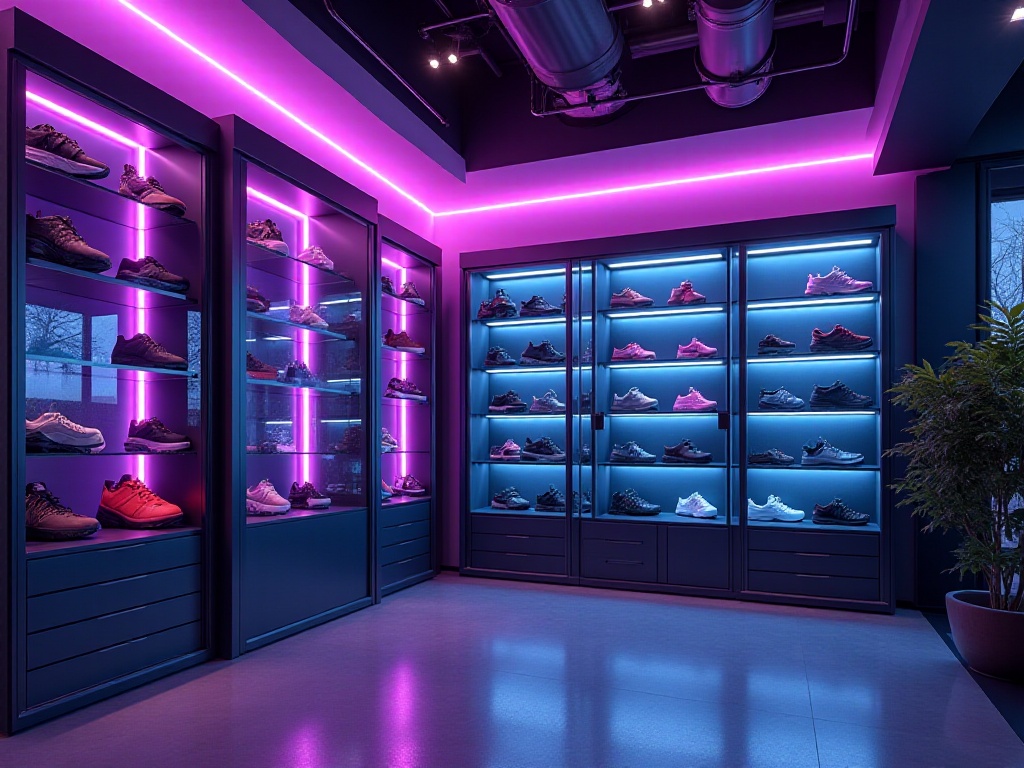
Conclusion and Outlook
Honestly, establishing a good storage system does require some time and effort, but it's definitely a worthwhile investment. When you're preparing to go exercise in the morning and all the needed equipment is neatly arranged there, it's really a great feeling! Moreover, good storage habits not only make your sports life more convenient but also inspire your enthusiasm for exercise.
Now every time I open the storage cabinet and see the sports equipment neatly arranged by category, my mood becomes particularly good. This neat and orderly environment gives people a positive upward force, making people more motivated to persist in exercising.
Actually, storage isn't just an organization method; it's more of a life attitude. Through continuously optimizing and improving the storage system, we can make our lives more orderly and efficient. I hope these experiences can help those who also love sports, making your sports life easier and more enjoyable.
Remember: Good storage habits can make your sports life twice as effective with half the effort. If you also have any unique storage tips, welcome to share your experience in the comments section, let's create a better sports life together!


